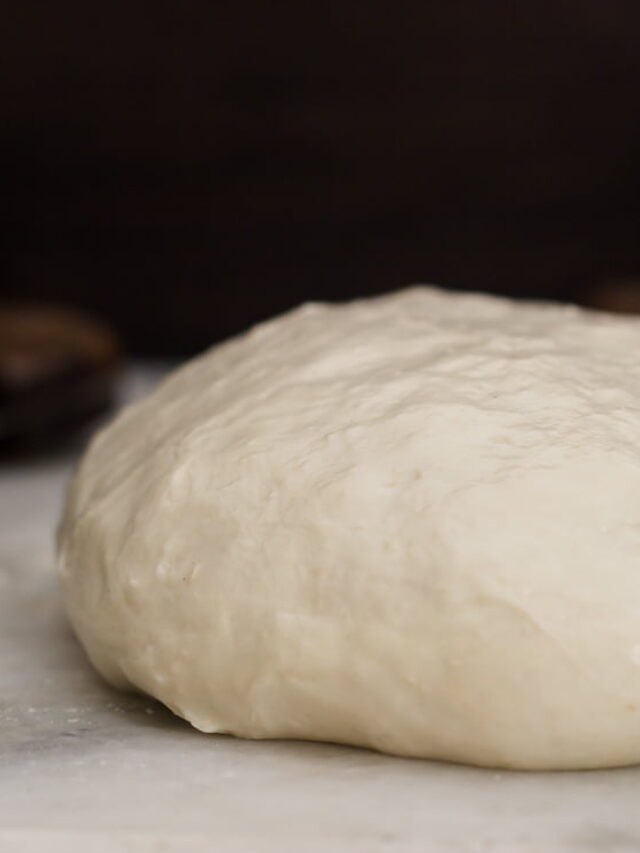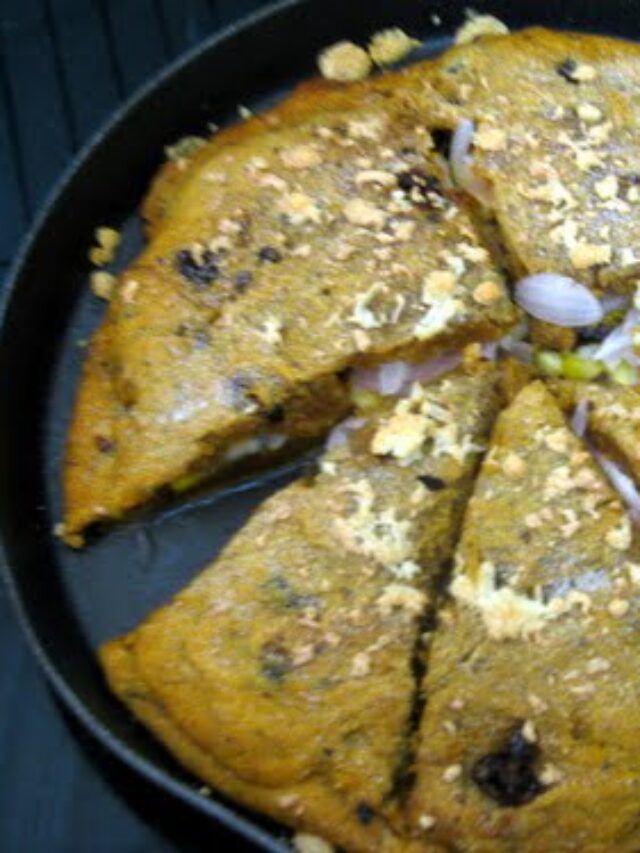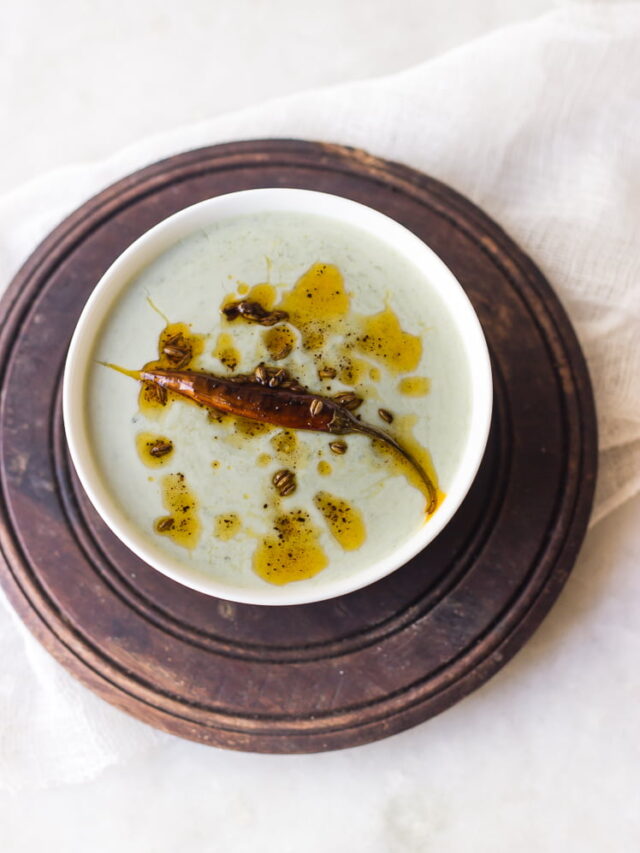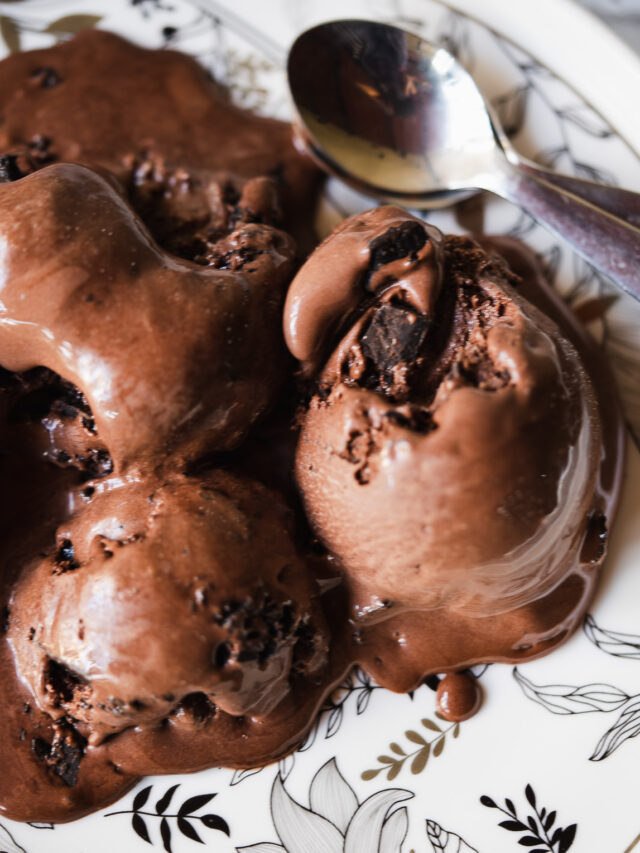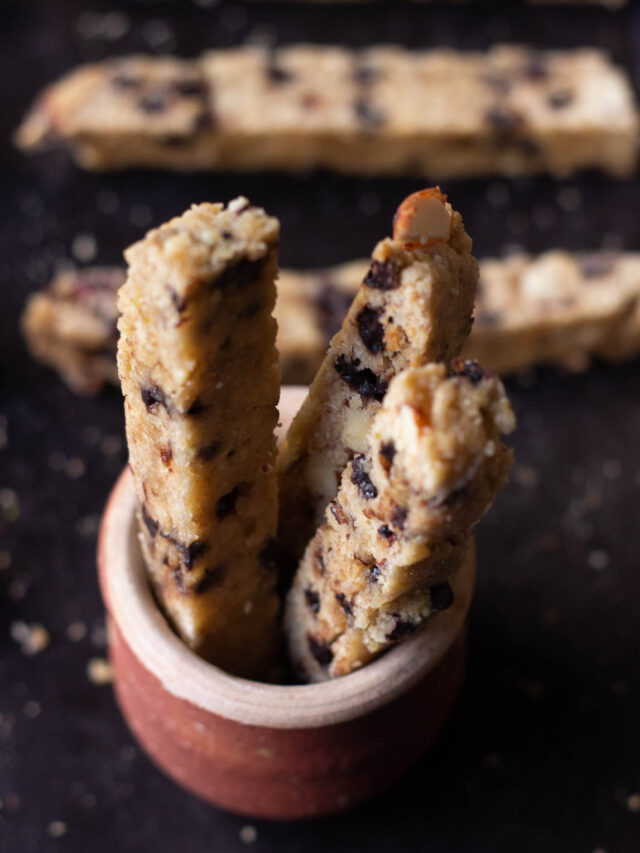Punjabi Wadi is a traditional Punjabi dish made from ground lentils and spices. It is typically prepared by soaking and grinding urad dal (black lentils) and mixing it with various spices such as red chili powder, turmeric, cumin, coriander, and fenugreek. The mixture is then shaped into small balls or discs and dried in the sun or by using a dehydrator.
These dried balls or discs are called Punjabi Wadi, which can be stored for a long time and used in a variety of dishes such as curries, soups, and stir-fries to add flavor and texture. Punjabi Wadi is a popular vegetarian ingredient in North Indian cuisine and is known for its nutty, earthy, and spicy taste.
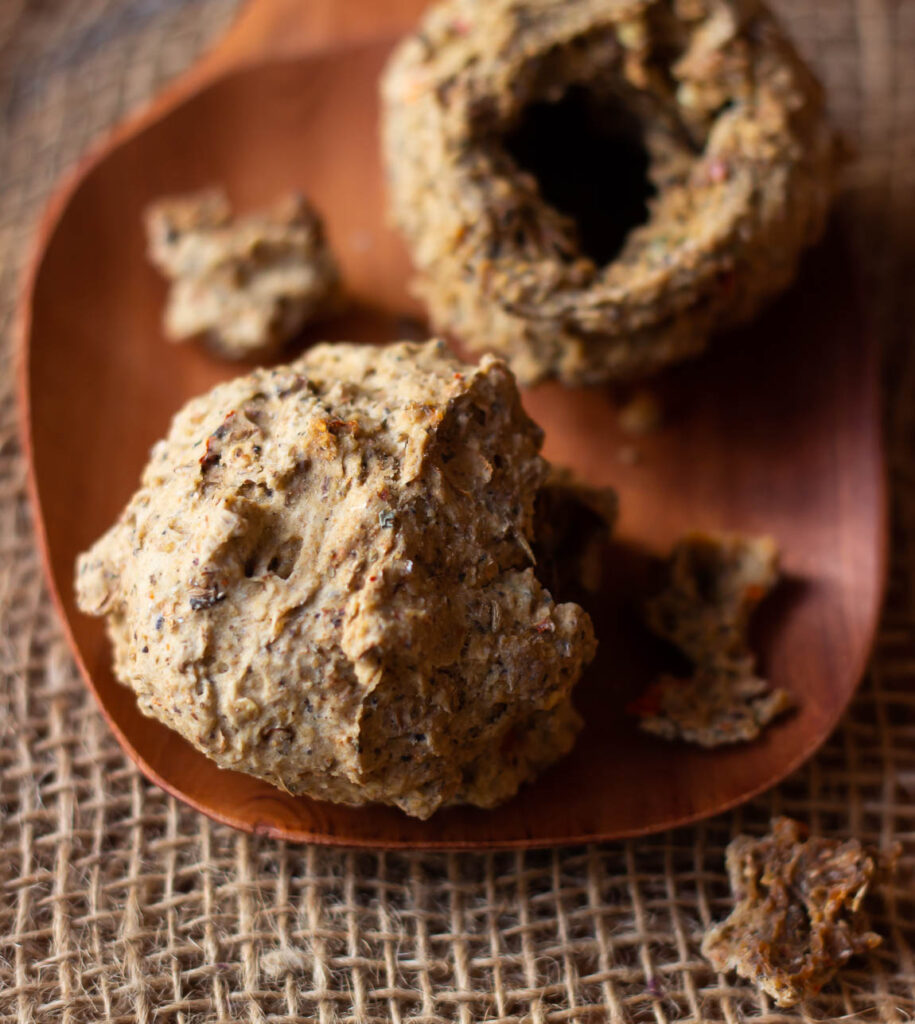
FAQs
Punjabi Wadi, also known as “Wadiyan” or “Bari,” is a traditional North Indian delicacy, particularly popular in Punjabi cuisine. It is made primarily from urad dal (black gram lentils) and spices. The main ingredients include:
Urad Dal (Black Gram Lentils): Urad dal, is soaked, ground, and used to form the base of the wadi.
Punjabi Wadi, also known as “Wadiyan” or “Bari,” is a traditional North Indian delicacy, particularly popular in Punjabi cuisine. It is made primarily from urad dal (black gram lentils) and spices. Here’s a breakdown of the main ingredients:
1. Urad Dal (Black Gram Lentils):
The main ingredient, urad dal, is soaked, ground, and used to form the base of the wadi.
2. Spices: common spices are used Coriander Seeds for adding a warm, citrusy flavor. Fennel Seeds contributes a slightly sweet, licorice-like taste. Cumin Seeds is added to provide earthy and aromatic notes. Red Chili Powder adds heat & spicy tang to the wadi, asafoetida (Hing) adds a pungent, savory flavor. Salt is added to taste.
Optional spices can be minced Garlic and Ginger for added flavor or Black Pepper for an additional kick of spice.
Yes, urad dal vadi (also known as Punjabi wadi or bari) can be good for health when consumed in moderation as part of a balanced diet. Here are some of the health benefits and considerations:
Health Benefits of Urad Dal Vadi are:
Rich in Protein:
Urad dal is a great source of plant-based protein, which is essential for muscle growth, tissue repair, and overall body function. This makes urad dal vadi a good protein source for vegetarians and vegans.
High in Dietary Fiber:
Urad dal is high in dietary fiber, which aids in digestion, helps prevent constipation, and can contribute to heart health by lowering cholesterol levels.
Good Source of Iron:
Urad dal contains iron, which is crucial for the formation of hemoglobin and for transporting oxygen throughout the body. Consuming iron-rich foods can help prevent anemia.
Supports Bone Health:
Urad dal is also a source of calcium and magnesium, both of which are important for maintaining healthy bones and teeth.
Energy Boosting:
The carbohydrates in urad dal provide a good source of energy, making urad dal vadi a nutritious addition to meals that require sustained energy.
Heart Health:
The lentils used in urad dal vadi contain both soluble and insoluble fiber, which can help reduce LDL cholesterol (the “bad” cholesterol) and improve overall heart health.
Considerations to observe when consuming Punjabi Wadiyan:
High in Sodium (When Prepared Commercially):
Some commercially prepared urad dal vadis can be high in sodium due to the addition of salt during the drying process. High sodium intake can contribute to high blood pressure, so it’s important to consume them in moderation.
Caloric Density:
Urad dal vadi can be calorie-dense, especially if fried before being added to dishes. To maintain a balanced diet, be mindful of portion sizes and consider healthier cooking methods, like lightly sautéing or adding directly to curries.
Digestion:
Urad dal can be heavy to digest for some people, especially if consumed in large quantities. Adding spices like asafoetida (hing) or cumin seeds while cooking can help improve digestibility.
Portion Control:
Because urad dal vadi is concentrated in flavor and nutrients, it’s best consumed in small portions as part of a larger meal that includes a variety of other vegetables, grains, and legumes.
Conclusion
Urad dal vadi is a nutritious food that offers a variety of health benefits, particularly due to its high protein, fiber, and mineral content. However, as with any food, it’s important to consume it in moderation and as part of a balanced diet. By doing so, you can enjoy its unique flavors and nutritional advantages while maintaining overall health.
What are the health benefits of Punjabi Wadi?
Punjabi Wadi, also known as Uradi or Urad Dal Vadi, is a rich source of nutrients and offers several potential health benefits which include:
- Rich in Protein: Punjabi Wadi is a good source of plant-based protein, which is important for building and repairing tissues in the body.
- High in Fiber: The high fiber content in urad dal vadi helps to keep the digestive system healthy, regulate blood sugar levels, and prevent constipation.
- Low in Fat: Uradi is a low-fat food, making it a good option for those looking to maintain a healthy weight.
- Provides Essential Nutrients: It is rich in essential nutrients such as iron, calcium, and magnesium, which are important for maintaining strong bones and teeth and preventing anemia.
- Versatile Ingredient: Punjabi Wadi can be used in a variety of dishes, adding flavor and texture while boosting the nutritional content of the meal.
Overall, Punjabi Wadi is a nutritious and delicious ingredient that can provide a range of health benefits when consumed as part of a balanced diet.
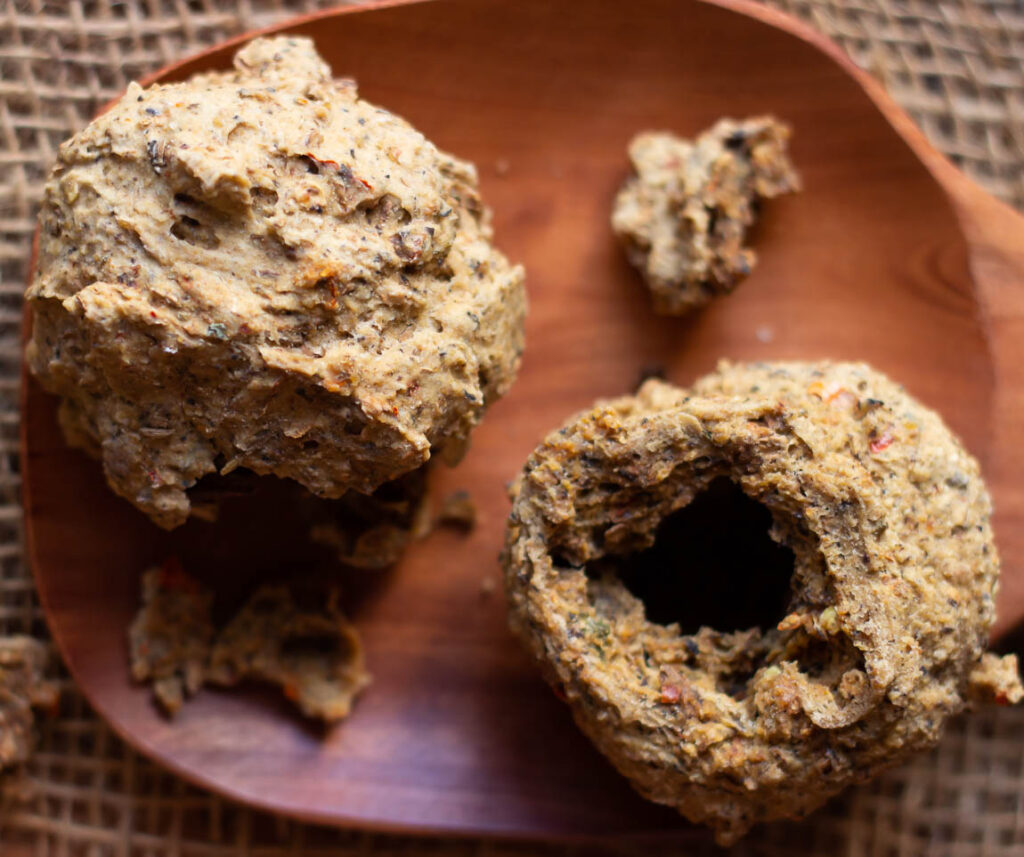
Best Ways to Have Punjabi Wadi
Punjabi Wadi is versatile and can be used in several dishes. It is typically made in large batches and can be stored for several weeks or even months, making it a convenient option for meal prep. Here are some easy ideas to make Punjabi Wadi quickly when you are short on time or need the spicy dish to lift up your meal:
- To add flavor and texture to curries: Wadis can be added to vegetable curries to enhance the flavor and texture of the dish.
- To make stir-fries: It can be crumbled and used as a protein source in stir-fries with vegetables and noodles. Very similar to adding gatte (or besan steamed bites).
- To make soups: Punjabi Wadi can be added to lentil soups or stews to add protein and flavor.
Punjabi Wadi can be used in any recipe that calls for lentils or a vegetarian protein source. It adds a delicious nutty and spicy flavor to dishes and is a great way to add plant-based protein to your diet.
How to make and store Amritsari Wadiyan?
Drying Wadis is an important step as it helps to preserve the dish and give it a longer shelf life. Here’s how to dry Punjabi Wadi:
- After making the Punjabi Wadi mixture, shape it into small balls or discs. Usually, it is available as balls.
- Place the Wadis on a clean, dry surface, such as a tray or fine muslin cloth, and leave them to air dry for a few hours. This helps to remove excess moisture from the Punjabi Wadi.
- Once they have dried slightly, place them in a sunny and well-ventilated area to dry completely. Alternatively, you can use a dehydrator to dry them.
- Turn the Uradi occasionally to ensure that they dry evenly on all sides.
- Drying may take up to a few days in strong sunlight. Do not rush drying, otherwise, moisture may not be completely removed and it will attract fungus.
- Once the Punjabi Wadi is completely dry, store them in an airtight container.
It’s important to note that the drying time may vary depending on the weather and humidity. They should be completely dry and hard to the touch before being stored. Dried Wadis will last for several weeks when stored in an airtight container in a cool, dry place.
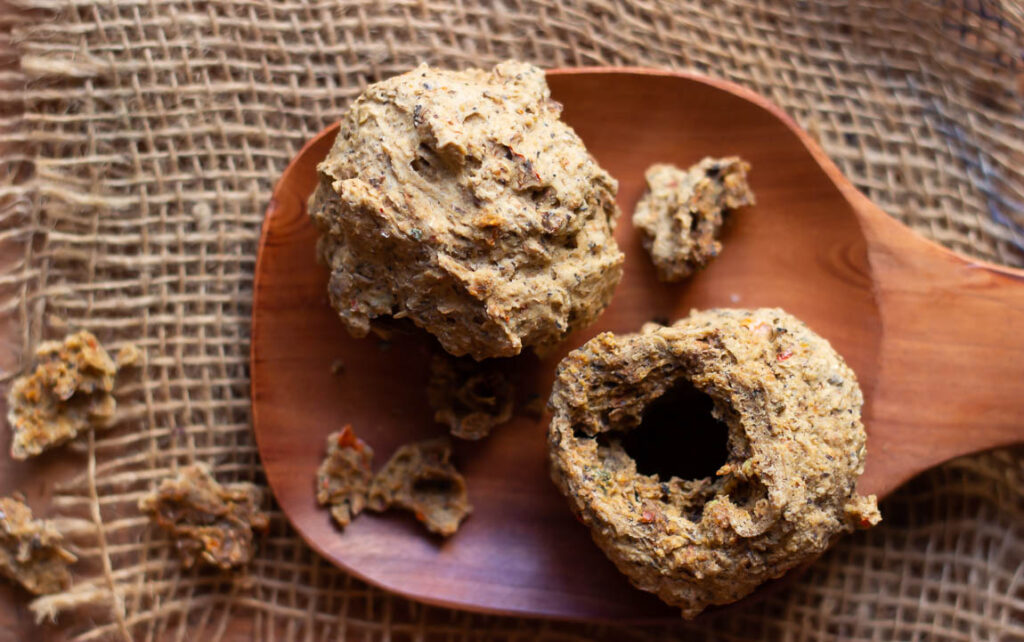
Proper storage is important to maintain the quality and shelf life of Wadi or uradi. Here’s how to store them:
- Ensure that they are completely dry before storing them. If there is any moisture left, it can cause the Wadi to spoil.
- Store them in an airtight container or ziplock bag to prevent moisture from entering.
- Keep the container in a cool, dry place away from direct sunlight, as exposure to sunlight can cause the Punjabi Wadi to spoil.
- Avoid storing Wadis in a humid area, as moisture can cause mold to form.
- Check Uradi periodically for any signs of spoilage, such as a change in color or odor. Discard any Punjabi Wadi that appears to be spoiled.
With proper storage, they can last for several weeks or even months. It is a versatile ingredient that can be used in a variety of dishes, making it a convenient option for meal prep.


